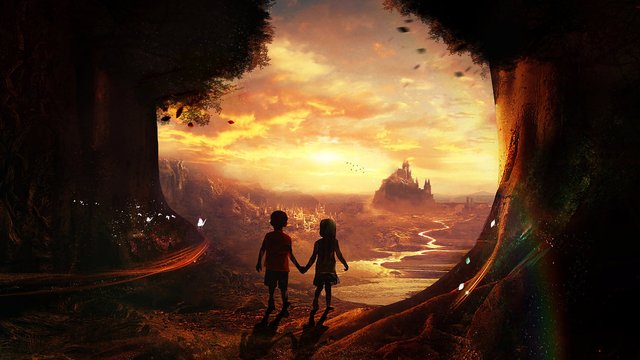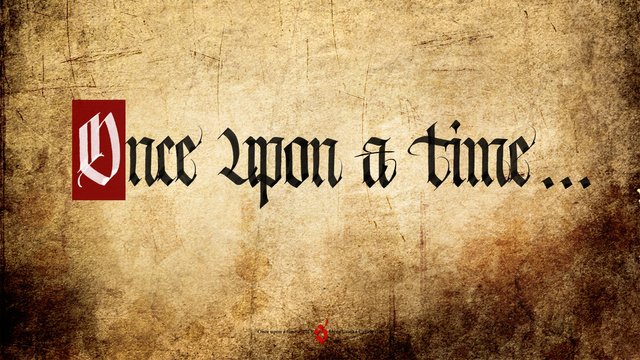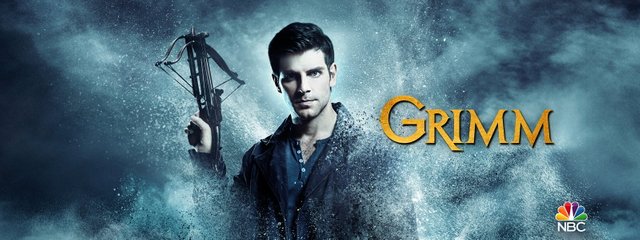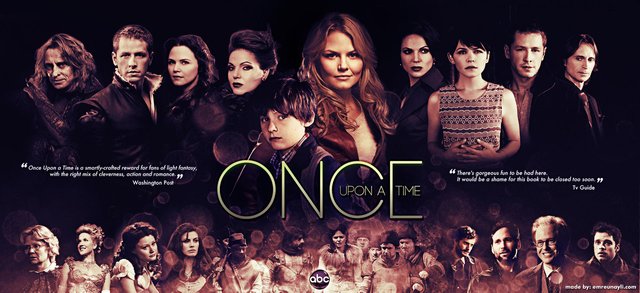Fairy Tale Origins, Adult Readers and Popular Culture
While most adults are familiar with fairy tales in one form or another, most readings of these tales occur on a surface level, missing out on much of the energy and color driving the story beneath.
As adults, you will be amazed by what these seemingly simple tales have to offer readers of any age and era.
The Origins of the Fairy Tale
To better understand fairy tales and their origins, we will explore folk tales. "Folk tale" is exactly that: a tale of the folk. The term "folk" generally refers to the common people of a nation who, in the past, were most often illiterate. This meant that these tales were being spread by word of mouth and handed down orally from one generation to the next.
The fluidity of the folk tale is expressed by Martin Hallett and Barbara Karasek who point out that,
Our moods, desires, and emotions will inevitably affect what is heard; we hear what we want (or expect) to hear. So it is with the folk tale; what we find there is - in part - a fragment of psychic history. 3
So we can see how an oral tale ceases to exist when it is set to print as it is no longer changing and adapting with each telling. As such, the oral tale is reborn as a work written by a specific person at a specific time in a specific context: a literary tale.
These ambiguous beginnings coupled with the evolutionary steps from folk tale to literary tale would have added much of the flavour and vibrancy characteristic of fairy tales.
Early Recorders of Fairy Tales: Charles Perrault and the Brothers Grimm
So the folk tales trickled down generation to generation adapting with each new telling until they were eventually recorded and published by individuals such as Charles Perrault and the Brothers Grimm in the 17th and 18th centuries.
These individuals have become so famous for these recordings that it is often assumed they were the initial creators.
What Fairy Tales have to Offer Adult Readers Today
In the modern era where information is more accessible than ever, where megabytes and gigabytes abound, technology is solving more of the world's mysteries and finding the answers to more questions every day.
While the value of this progress cannot be understated, perhaps the more we know of the universe and its inner workings, the more our own unconscious needs a little magic/mystery of its own to ponder.
"In a land far, far away ..." "Once upon a time ..."
The vagueness with which many of the classic fairy tales start signifies to its reader that they are entering a boundless world so far removed from reality that anything can happen, and really, who couldn't use a little reality-removal from time to time.
As fairy tales, for many, made up our earliest literary and fantasy experience, it is likely that these tales influenced us a great deal, if not consciously, subconsciously.
Fairy tales unfold on parallel paths, one on a conscious level of overt happenings and another on a psychological level of hidden meanings.
A renowned child psychologist has pointed out that fairy tales speak to us differently at all stages of life and speak
simultaneously to all levels of human personality, communicating in a manner which reaches the uneducated mind of the child as well as that of the sophisticated adult.2
Although sharing fairy tales with children is wonderful, there are schools of thought that many are too dark and disturbing. Having a rudimentary knowledge of the history of the tales and the numerous versions of a single tale in existence provides an answer as one can seek out a version pleasing to the adult as well as the child.
Fairy Tales and Popular Culture: Grimm and Once Upon a Time
Grimm has at its core an intriguing premise: "What if the fairy tales we heard/loved/feared as children were not tales at all, but warnings." This idea that the supernatural beings and happenings from fairy tales are alive and posing a very real threat to the real world is a further testament to how these classic tales have taken root in our modern world, as well as in our psyches.
Once Upon a Time also draws from the rich settings, story lines and characters of the classic fairy tales as they exist in the fictional present-day town of Storybrook, Maine. The town represents a parallel world in which modern fairy tale characters appear as regular people, yet have no awareness of their true non-fairy-tale identities and lives.
Both Grimm and Once Upon a Time benefit from the existence of a ready-made audience as most adults, to varying degrees, are already familiar with the archetypal fairy tale characters and plots. In doing so, these shows are reintroducing classic characters like Snow White, Cinderella, and Little Red Riding Hood into the popular culture of the contemporary world.
Ultimately, fairy tales use the allure of the fantastic to appeal to our innate wish for happy endings while espousing the very real and grounding message that what happens en route is where things get really interesting.
SOURCES
1 - SurLaLune Fairy Tales - Answering What is a Fairy Tale?
2 - Bruno Bettelheim - The Uses of Enchantment: The Meaning and Importance of Fairy Tales
3- Martin Hallett & Barbara Karasek - Folk and Fairy Tales




Congratulations @pinas, your post has been featured at Best of PH Daily Featured Posts.
You may check the post here.
About @BestOfPH
We are a curation initiative that is driven to promote Filipino authors who
are producing quality and share-worthy contents on Steemit.
See Curation/Delegation Incentive Scheme here. Be sure to leave at least 50SP undelegated on your account.
Follow our trail and vote for curated Pinoy authors. If you are a SteemAuto user, @bestofph is an available trail to follow.
If you want to be part of the community, join us on Discord
First time to got something like this. Thank you @bestofph.
This post was shared in the Curation Collective Discord community for curators, and upvoted and resteemed by the @c-squared community account after manual review.
Congratulations @pinas! You have completed some achievement on Steemit and have been rewarded with new badge(s) :
Click on the badge to view your Board of Honor.
If you no longer want to receive notifications, reply to this comment with the word
STOP